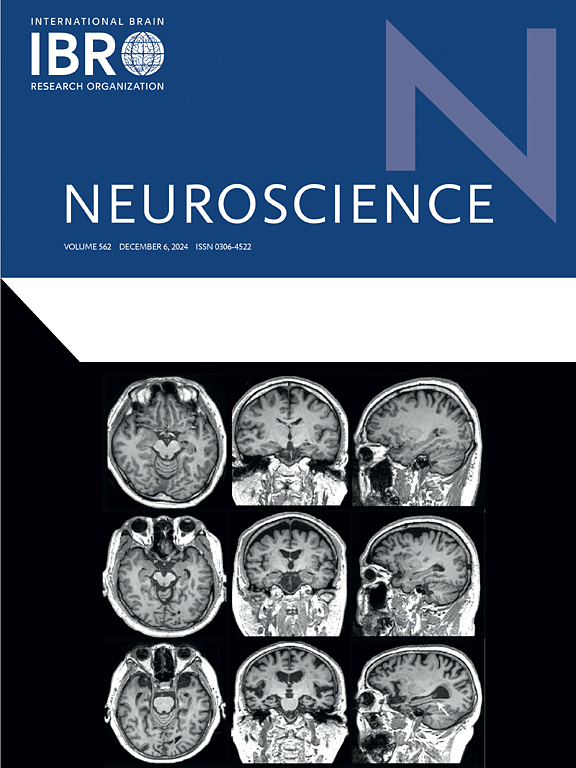Pre-ictal causal connectivity reveals the epileptic network characteristics for deep brain stimulation
IF 2.8
3区 医学
Q2 NEUROSCIENCES
引用次数: 0
Abstract
Deep brain stimulation of anterior nucleus of the thalamus (ANT-DBS) is an effective clinical treatment for drug-resistant focal epilepsy. However, the complex epileptic network characteristics underlying ANT-stimulation effectiveness remain unknown, owing to currently unclear connectivity between ANT and seizure-related cortex in pre-ictal periods. Here, we developed a novel individualized pre-ictal ANT-cortical tripartite connectivity network (PANT-CTCNet), aiming to reveal epileptic network characteristics using intracranial stereo-electroencephalography (sEEG) recordings in five patients with focal epilepsy for 90 trials. Each trial represented a pre-ictal or post-stimulus sEEG duration, which was used to construct the epileptic network. By employing conditional Granger causality, we constructed individualized ANT-cortical connectivity networks and found a common epileptic network centred on ANT closely connected with seizure-related cortex in pre-ictal periods. After ANT stimulation for clinical validation, strengthened pre-ictal connectivity between ANT and epileptogenic zones led to significant decline in the causal intensity of epileptic networks. The PANT-CTCNet can give a quantitative reference for clinical preoperative evaluation of patient suitability for ANT-DBS treatment. These findings regarding epileptic network characteristics provide theoretical basis in the selection of optimal surgical candidates for personalized ANT-DBS.

前兆因果连通性揭示了脑深部刺激的癫痫网络特征
丘脑前核深部脑刺激是临床上治疗耐药局灶性癫痫的有效方法。然而,ANT刺激效果背后的复杂癫痫网络特征仍然未知,因为目前尚不清楚ANT与癫痫发作前时期癫痫相关皮层之间的连通性。在此,我们开发了一种新的个体化的产前抗皮层三方连接网络(pantt - ctcnet),旨在通过5例局灶性癫痫患者的颅内立体脑电图(sEEG)记录揭示癫痫网络特征,并进行了90次试验。每个试验都代表一个刺激前或刺激后的sEEG持续时间,用于构建癫痫网络。利用条件格兰杰因果关系,我们构建了个体化的ANT-皮质连接网络,并发现了一个以ANT为中心的共同癫痫网络,在癫痫发作前与癫痫相关的皮层紧密相连。在临床验证的ANT刺激后,增强了ANT与癫痫区之间的临界点前连通性,导致癫痫网络的因果强度显着下降。PANT-CTCNet可为临床术前评估患者是否适合接受ANT-DBS治疗提供定量参考。这些关于癫痫网络特征的发现为个性化ANT-DBS的最佳手术选择提供了理论依据。
本文章由计算机程序翻译,如有差异,请以英文原文为准。
求助全文
约1分钟内获得全文
求助全文
来源期刊

Neuroscience
医学-神经科学
CiteScore
6.20
自引率
0.00%
发文量
394
审稿时长
52 days
期刊介绍:
Neuroscience publishes papers describing the results of original research on any aspect of the scientific study of the nervous system. Any paper, however short, will be considered for publication provided that it reports significant, new and carefully confirmed findings with full experimental details.
 求助内容:
求助内容: 应助结果提醒方式:
应助结果提醒方式:


